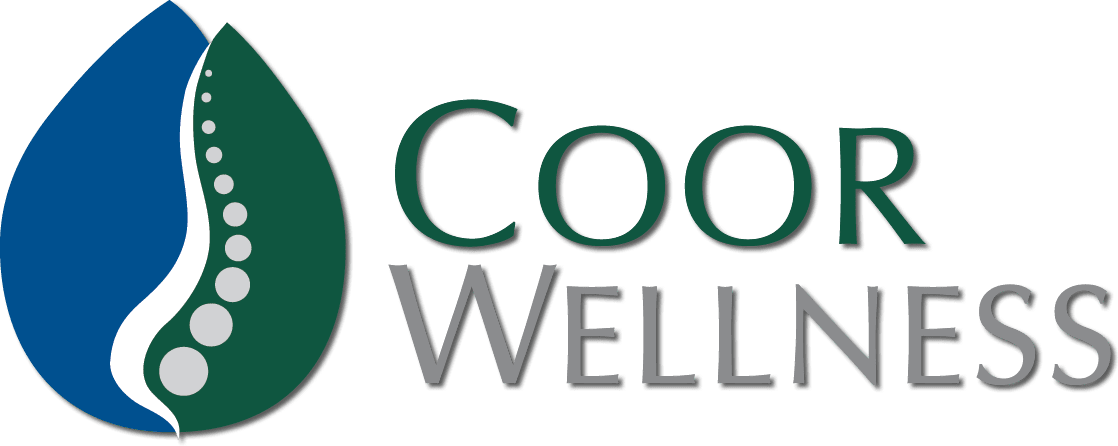There are many factors to stiff and painful backs. And while we routinely check spines for problems we never see a back complaint without thorough evaluation of the patient’s hips. Tightness in the hips will likely lead to problems in the hip’s next door neighbors – the lower back and the knee.
Checking the hips
During your first exam or re-exam you have your hips evaluated in many different ways. You’re evaluated standing, squatting, balancing, rotating and walking just to name a few. In fact, the last time we counted, we evaluate your hips in over 40 ways on your first exam. Each of these postures and positions give different information about what is happening in your lower back and hips.
We start your evaluation using broad movements. Then, step by step we get more specific. We use a logical approach adding and subtracting different hip variables to help us figure out specifically what needs help.
In your standard chiropractic appointments we streamline this process. If you’re a current COOR Wellness patient, or you see a chiropractor and don’t live in Grand Junction, you may recognize some of these tests. If you don’t live in Grand Junction we encourage you to find a provider through www.MovementProviders.com
One thing we believe is important is checking the hips at different angles. We like to evaluate your hips when your upper leg bone is in-line with your spine. This is called Prone Position. Then we like to check the hips at a 90 degree angle with the spine. This gives us a more advanced knowledge as to what is happening with your lower back and hip pain.
Clock Test
Our favorite way of evaluating your hip joint function passively is when you’re on your back. This position is called Supine. When you’re in the supine position you’re more relaxed and we can see how well your hips are rotating and how healthy the cartilage is in the hip.
We call this process Clock Test. Dr. Christianson gave it this name on his own after finding this is his favorite way of helping hip injuries. Recently we learned that one of the leading physical therapists in that profession, Dr. Shirley Sahrmann, also advocates for this approach too.
Help Yourself
If you think this is part of your lower back pain component you’re welcome to try some of these Internal Rotation improvement strategies. We find poor internal hip rotation as one of the leading hip related influences on lower back pain.



Please remember these won’t work for everyone. And if you try them, you’re doing so with a small risk. There is only a small chance that they’ll cause trouble, but please be careful and don’t strain yourself while trying them. And if you need one on one assistance, one of our movement specialists are available to teach you.
Do you need help?
If you’re having hip pain, yes you need to have a health care provider to evaluate what’s happening. Call us or schedule with us online by clicking here.
Also, we’ll be publishing a Hip Self Evaluation Program. Please keep up with our blog, follow us on our social media pages and you’ll be notified first.

